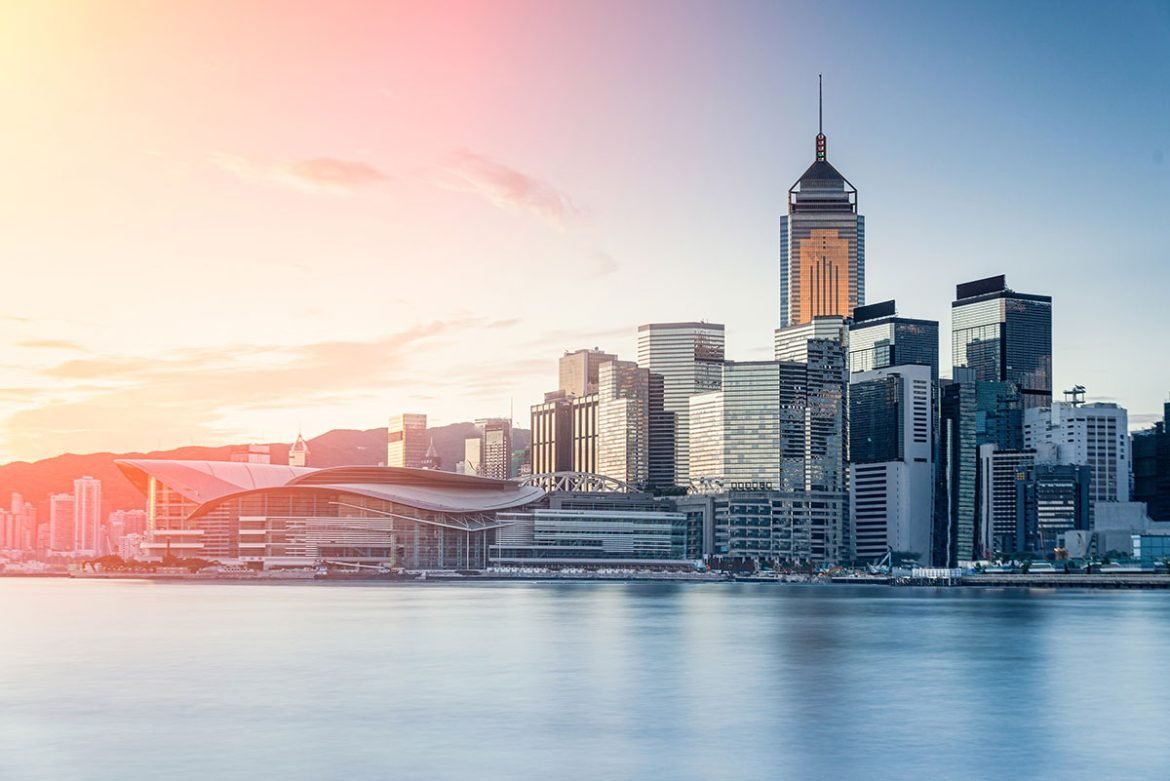In terms of total area, China and the United States are almost equal, but China is far more populous. Attempting to find one’s way through this enormous nation might be a daunting task. But if the country were divided into smaller sections, things would become much more manageable.
Cities of the future, karst mountains, matrilineal civilizations, historic towns maintained to the point of timelessness, breath-taking canyons, and magnificent lakes may all be found in the south. If you time your tour to South China just so, you may see the finest of what the nation has to offer.
10. Lugu Lake
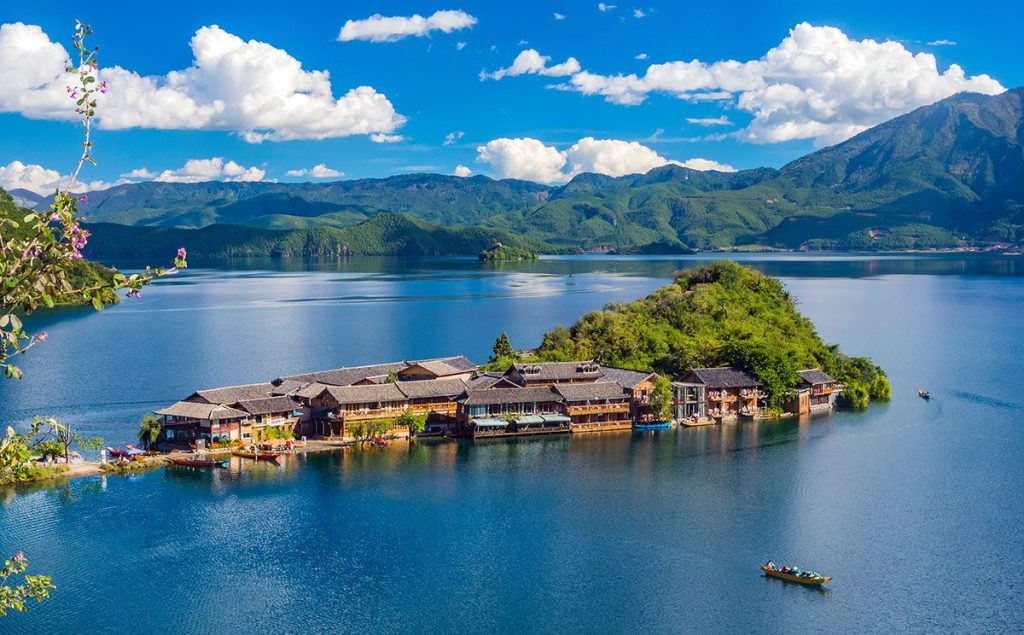
Immerse yourself in the beauty of the Lugu Lake scenic area. Image source: WPDS/Shutterstock.com
Almost 9,000 feet (2,700 meters) above sea level is where you’ll find this picturesque lake. You’ll need to hike up an old switchback road to get here, and when you finally do, the sight of the lake will take your breath away. Forested hills rise gently from the clear seas, and quaint villages dot the coasts. One of the few remaining matrilineal civilizations survives around Lugu Lake.
The Mosuo are a minority group based in Luoshui; they give their children their mother’s surname and give more importance to girls than boys. Many visitors come to see this unusual culture, but it’s well worth the effort to go to Lugu Lake.
9. Tiger Leaping Gorge
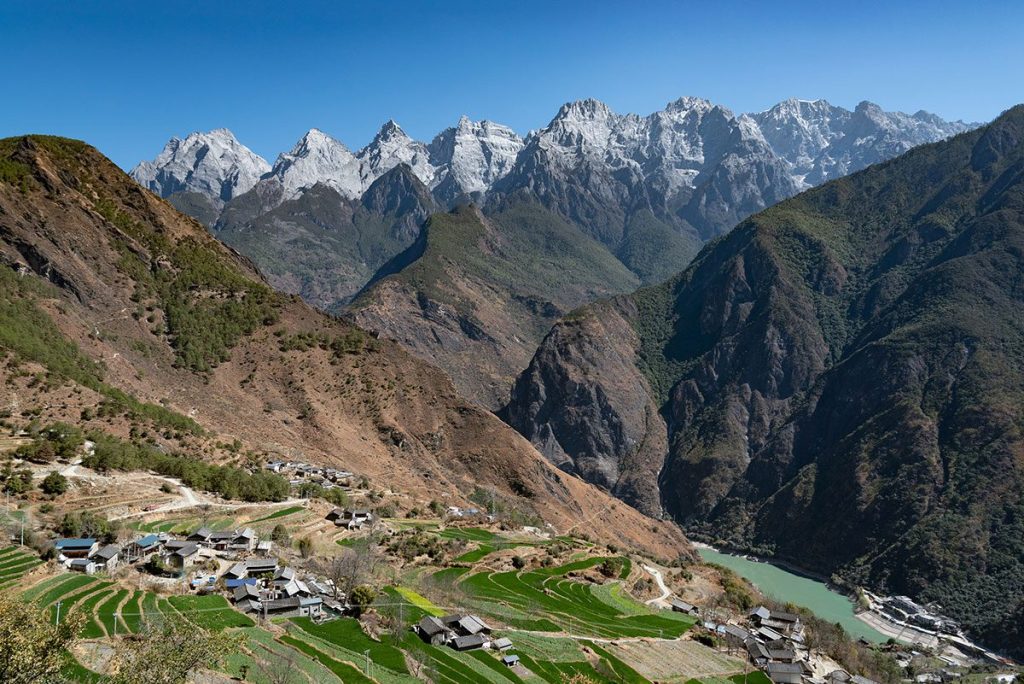
Experience the awe-inspiring Tiger Leaping Gorge in Yunnan, China. Image source: 52691989/Shutterstock.com
The height of the Hba Shan Mountains is about 1,000 meters (3,000 feet) above the flowing waters of the Jnsh River. Another mystery is whether the river carved this terrifying canyon itself or if the mountains grew up around it. Whatever the case may be, the whole 16 km (10 km) of this river valley is breathtaking, but you’ll have to work for it.
Hikers on the high path will have to watch their footing as they pass people bringing donkeys through the highlands. But if you’re not up for an adventure, you can always take a bus tour of Tiger Leaping Gorge from the low path.
8. Macau
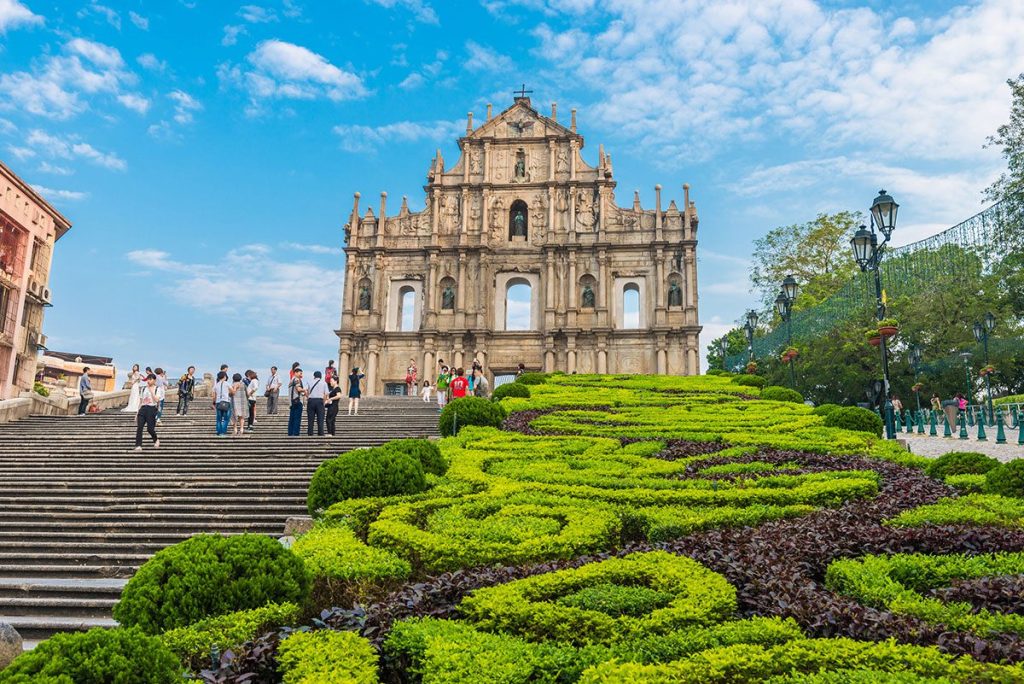
Explore the historic ruins of Saint Paul’s Cathedral. Image source: Makhh/Shutterstock.com
In Macau, the nightlife is glamorous, so dress to impress. This Chinese gambling mecca offers all the glitz and glitter of Sin City, but with the added bonus of a rich cultural heritage.
The Portuguese colonized Macau for more than 300 years, and their influence is still visible today. Traditional Portuguese tiles line the streets, and ancient Chinese temples soar above them, creating a breathtaking tapestry of many civilizations. This kind of contrast can be seen all over the place. You may find colonial structures close to glitzy casinos and trendy stores. Traditional Chinese cuisine, Portuguese cuisine, and a fusion of the two, Macanese, are all available.
7. Lijiang Old Town
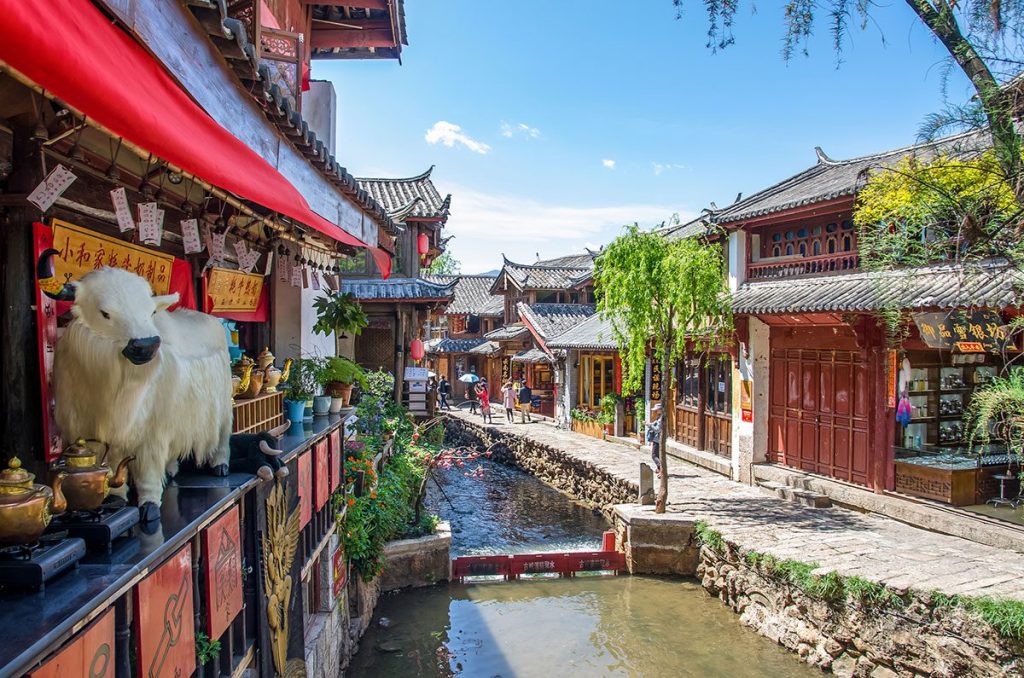
Experience the charm of the Old Town of Lijiang in Yunnan, China. Image source: gracethang2/Shutterstock.com
To this day, Lijiang Old Town is one of China’s four most pristine old cities. You’ll be walking around cobblestone streets, crossing stone bridges, and getting about thanks to water wheels. Once you’re done gawking at the massive goldfish in the canals below, you’ll see that the once-desolate streets are now teeming with boutiques, mom-and-pop inns, and trendy watering holes.
The city, though, retains all of its historic allure. From the town’s central Sifang Square, four major routes radiate out, linking a web of alleys and more than three hundred and fifty bridges. You may go to Mu’s House, the Wangu Tower, and the Black Dragon Pool, which wonderfully reflects the distant snow-capped mountains, by crossing the rain bridge, the stone arch bridge, the slab bridge, and the plank bridge.
6. Dali
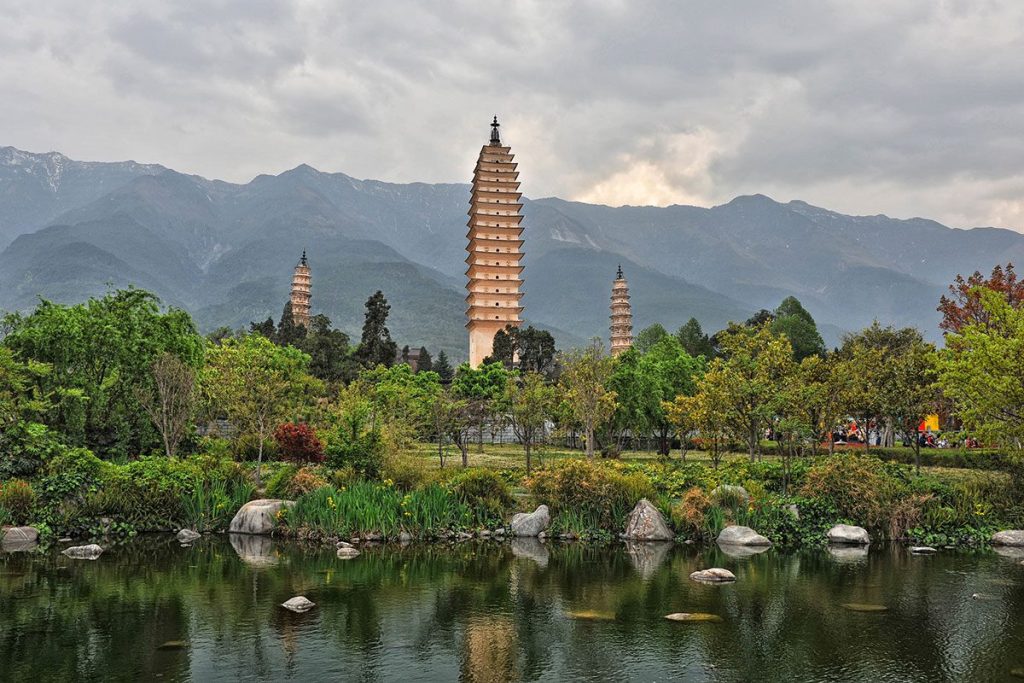
Admire the beauty of the famous Three Pagodas in Dali, Yunnan. Image source: Hung Chung Chih/Shutterstock.com
Dali used to be a popular spot for travelers not too long ago. Backpackers in western China often considered a two-week stay at Ěrhǎi Lake an essential part of their education. Now it’s Chinese middle-class tourists rather than dreadlocked Westerners who are flocking to China.
Despite the city’s growth in domestic tourism, the indigenous Bai people continue to provide a lot of flavor to everyday life in Dali. The mountains above Dali’s Ěrhǎi Lake hide a wealth of hidden treasures. Either that, or you can just eat, drink, and party like the other Chinese tourists who are also here with Bai flowers in their hair.
5. Guilin
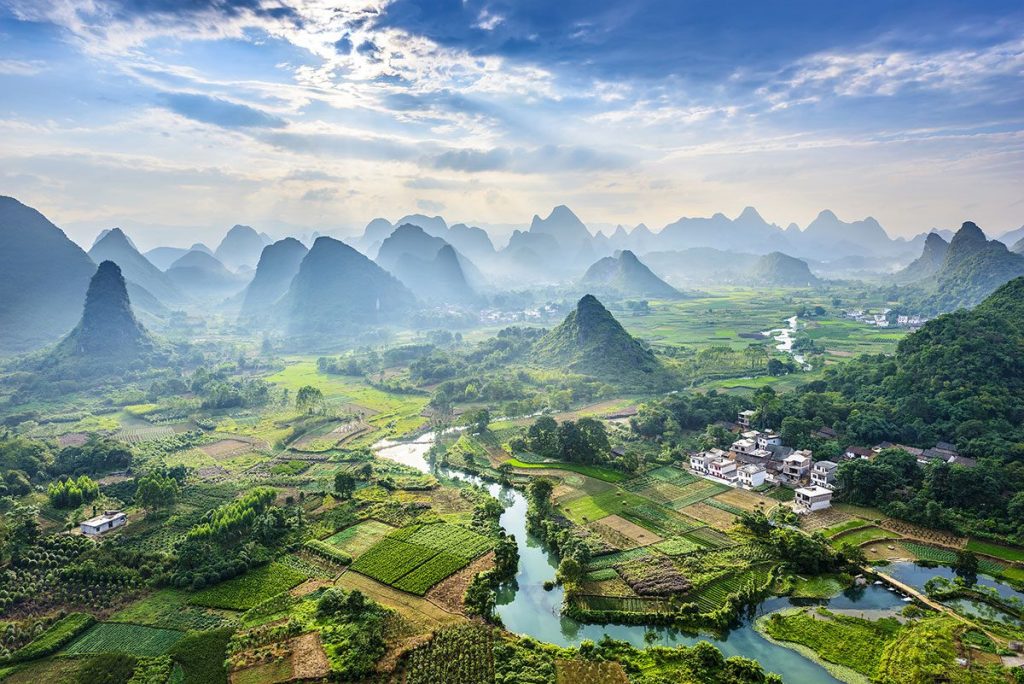
Behold the breathtaking landscape of Guilin with the meandering Li River and majestic Karst mountains. Image source: aphotostory/Shutterstock.com
In Guilin, you’ll find a medieval moat that dates back hundreds of years. The moat and other canals linking Shanhu and Ronghu lakes are still used by local boats. At night, the beaches of Lake Shanhu, where the sun and moon temples are located, are illuminated to highlight the magnificent limestone karst mountains that dominate the area.
The city of Guǎngxī is the entry point to the province, and it is attractive yet old. It has all the conveniences of the contemporary world, and many of its residents can communicate in English. You may stop at lovely Guilin on your way to or from a cruise down the Li River or a trip deep into gorgeous Guǎngxī.
4. Kunming
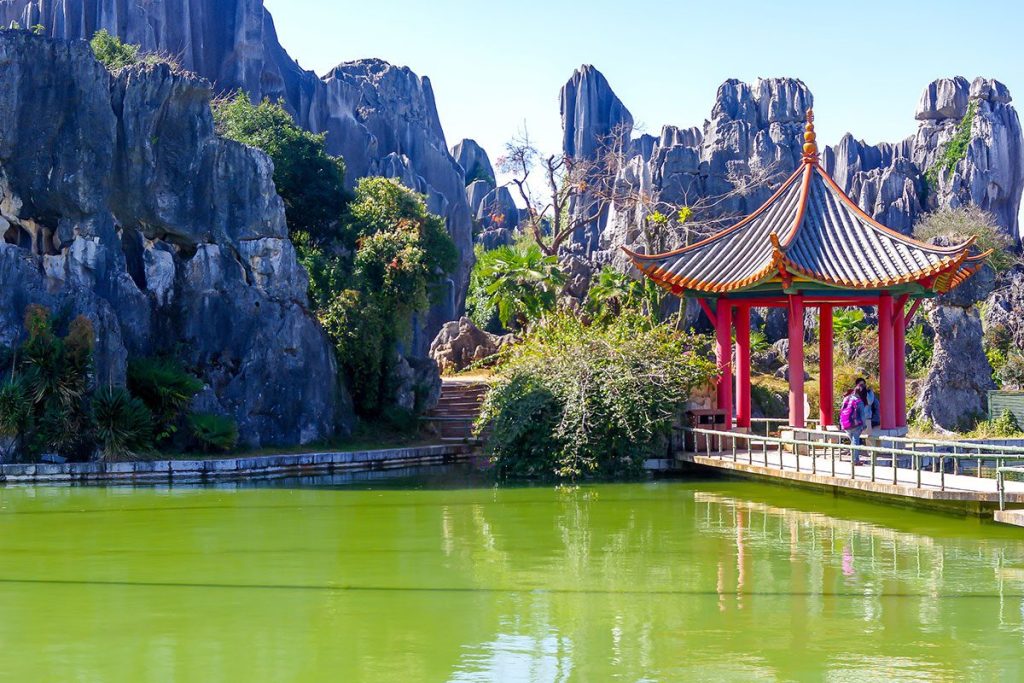
Discover serenity at the Chinese pagoda on Kunming Lake in China. Image source: HaraldK/Shutterstock.com
On the Dianchi Pool, Kunming is a laid-back city. Tourists will enjoy peace and quiet in Kunming, one of China’s most livable towns. In addition, the nearby temples and national parks, such as the Stone Forest, with their breathtaking panorama of limestone karsts, make this pleasant metropolis even more attractive.
Both the Buddhist Bamboo Temple and the Taoist Tàihuá Temple overlook the city’s Dianchi Pool and include stunning sculptures. However, like in many Chinese metropolises, the destruction of historic districts to make way for shiny new shopping malls has brought up a new problem: traffic. However, Kunming has kept its welcoming, easygoing character.
3. Longji Terraces

Experience the magnificence of the Longji rice terrace in Longsheng, China. Image source: aaron choi/Shutterstock.com
Looking at rice paddies may be quite meditative. The indented lines are feminine in their smooth mathematics and geometry. This elaborate kind of earth art is responsible for creating China’s primary carbohydrate food, rice. Some element of your innate nature finds solace and contentment in the breathtaking scenery before you.
At harvest season, the ears of the rice plant sparkle golden, while the lakes on Longji Terraces delicately reflect the light. The rice terraces stretch as far as the eye can see, like a gigantic amphitheater.
2. Yangshuo
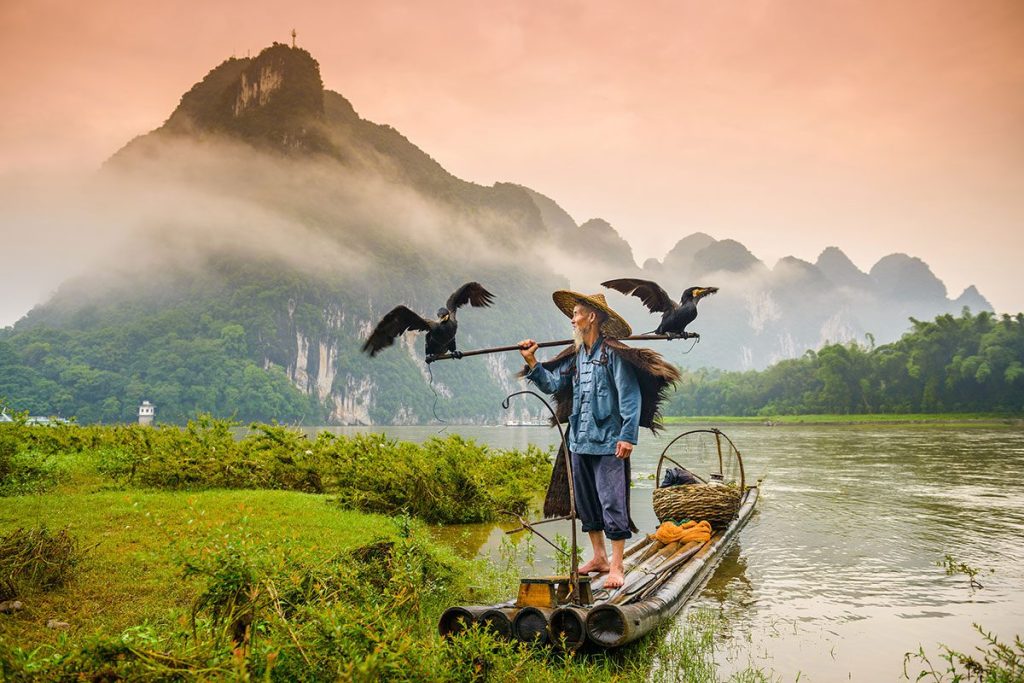
Witness the age-old tradition of cormorant fishing on the picturesque Li River in Yangshuo, China. Image source: ESB Professional/Shutterstock.com
Travel to Yangshuo County and you’ll feel like you’ve entered another universe. Stunning karst mountains create a surreal environment in this area of the world. The stunning Green Lotus Peak and the existence of a route to the summit will leave you in awe.
There has been a lot of development in Xijie’s primary tourism hub in recent years. Even though you’ll have to fight your way past a horde of tourists with selfie sticks and blaring party music after the sun goes down, there are still peaceful rooftop pubs to visit. The panorama outside of Yángshuo town becomes more surreal as day breaks, making it the perfect time to go on a bamboo raft trip through a dreamlike environment or to ride a bike through a gorgeous valley.
1. Hong Kong
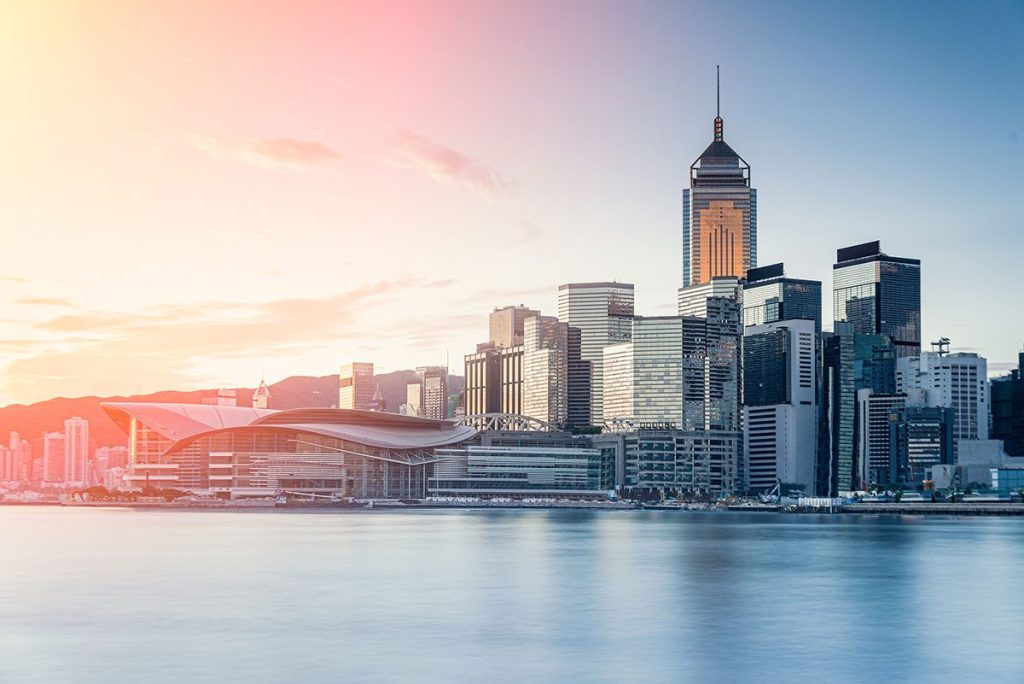
Admire the dynamic cityscape of Hong Kong. Image source: weerasak saeku/Shutterstock.com
Seventy percent of Hong Kong consists of mountains and national parks, with residential areas dispersed over a number of islands. This cutting-edge metropolis is conveniently located near your departure airport and has all the creature comforts you could want, but it will cost you a pretty penny to visit. Public transit is quite streamlined, and it may carry you to exciting destinations like remote islands where you can go trekking or kayaking under volcanic sea arches. A melting pot of Cantonese, Sichuanese, Japanese, and French cooking styles, this city is a top destination for foodies throughout the globe.
Luxury goods may be purchased from posh stores, and the nightlife is lively into the early hours. And, to top it all off, Hong Kong is an exceedingly secure place for travelers.


